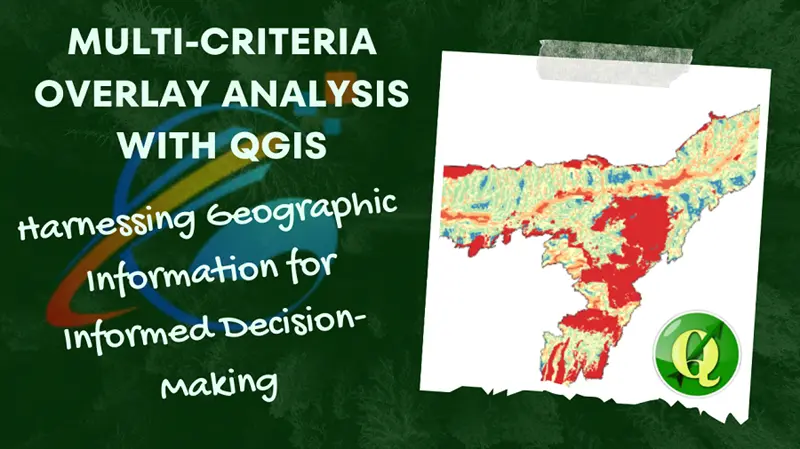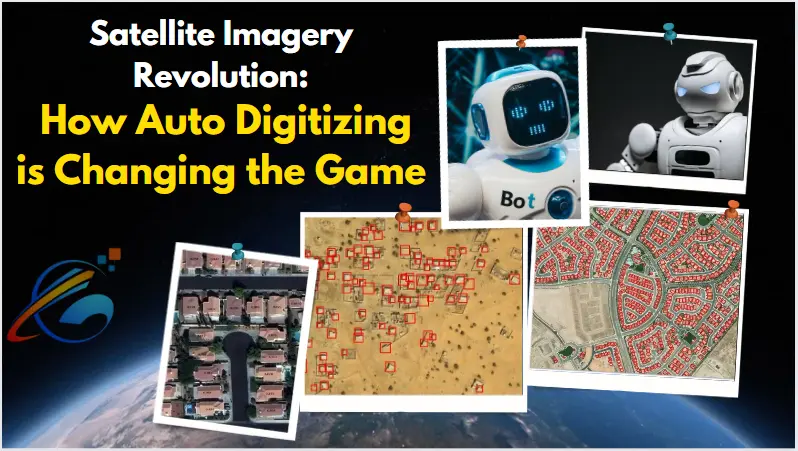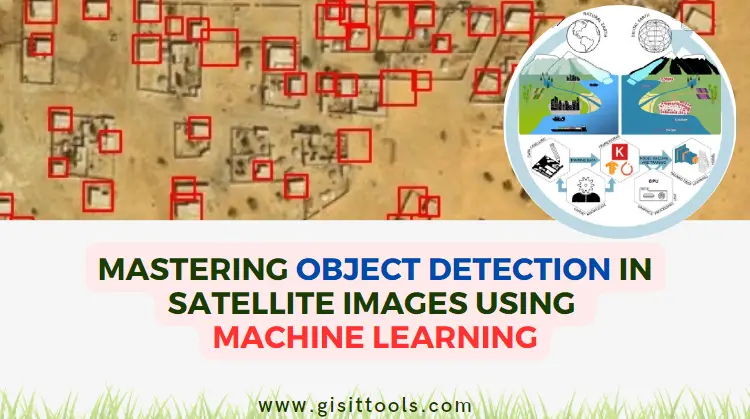GIS analyst and GIS developer are two distinct roles in the GIS industry.
A GIS analyst is responsible for creating, managing, and analyzing spatial data using GIS software. They collect and analyze data, create maps, and perform spatial analysis to support decision-making processes in various fields such as urban planning, environmental management, and emergency response. On the other hand, a GIS developer is responsible for developing GIS applications and tools using programming languages and GIS development frameworks. They create custom GIS applications, integrate GIS data with other software systems, and automate GIS processes to improve efficiency. GIS developers also work closely with GIS analysts and other stakeholders to understand their requirements and design custom GIS solutions that meet their needs. They may need to integrate data from different sources and develop complex algorithms to analyze spatial data and provide insights. In addition, GIS developers are responsible for maintaining and updating GIS applications and tools to ensure they remain relevant and effective. They may also need to provide technical support to users and troubleshoot any issues that arise. Overall, GIS analysts and GIS developers play important roles in the GIS industry, and their work often complements each other. While GIS analysts focus on analyzing and managing spatial data, GIS developers use their technical skills to build custom GIS solutions that improve data analysis and decision-making processes.
Both GIS developers and GIS analysts are important in the GIS field, and their roles are complementary.
GIS analysts are responsible for analyzing and managing spatial data to support decision-making processes in various fields such as urban planning, environmental management, and emergency response. They use GIS software to collect, analyze, and present data in the form of maps, charts, and reports. GIS analysts have strong analytical skills and a good understanding of spatial data and its applications. GIS developers, on the other hand, are responsible for developing GIS applications and tools using programming languages and GIS development frameworks. They create custom GIS solutions that meet the specific needs of their clients and stakeholders. GIS developers have strong technical skills and a good understanding of GIS development frameworks and programming languages. Both roles are important in the GIS field because they are complementary. GIS analysts rely on GIS software to collect and analyze spatial data, while GIS developers create custom GIS solutions that improve the efficiency and accuracy of data analysis. Without GIS analysts, GIS developers would have no data to work with, and without GIS developers, GIS analysts would not have the custom tools they need to effectively analyze and manage spatial data.
The Importance of GIS Development for Customized Spatial Solutions.
GIS development is becoming increasingly important in the GIS field because it allows organizations to create custom GIS applications and tools that meet their specific needs. Custom GIS solutions can improve the efficiency and accuracy of data analysis, and can help organizations make better decisions based on spatial data.
Some reasons why GIS development is becoming more important in the GIS field include:
1. Customization: Every organization has unique needs and requirements when it comes to analyzing spatial data. GIS development allows organizations to create custom GIS solutions that meet their specific needs and improve their efficiency and accuracy of data analysis.
2. Integration: GIS development allows organizations to integrate spatial data with other software systems, such as enterprise resource planning (ERP) systems, customer relationship management (CRM) systems, and other business applications. This integration allows organizations to make better decisions based on spatial data and improve their business processes.
3. Automation: GIS development allows organizations to automate repetitive GIS processes, such as data entry and analysis, using programming languages and GIS development frameworks. This automation improves the efficiency of GIS processes and reduces the risk of errors.
4. Innovation: GIS development allows organizations to create innovative GIS applications and tools that can improve decision-making processes, reduce costs, and increase competitiveness.
GIS development is becoming increasingly important in the GIS field because it allows organizations to create custom GIS solutions that meet their specific needs, integrate spatial data with other software systems, automate repetitive GIS processes, and innovate with new GIS applications and tools.
Steps to Transition from GIS Analyst to GIS Developer.
If you are a GIS analyst and want to transition into a GIS developer role, here are some steps you can take:
1. Learn programming languages: To become a GIS developer, you need to learn programming languages such as Python, Java, or C++. These languages are commonly used in GIS development and will help you create custom GIS solutions. There are many online courses and tutorials available to learn programming languages.
2. Learn GIS development frameworks: GIS development frameworks, such as ArcGIS API for JavaScript or OpenLayers, are used to build custom GIS applications and tools. Learning these frameworks will help you create interactive maps and analyze spatial data. There are many online courses and tutorials available to learn GIS development frameworks.
3. Practice GIS development: Once you have learned programming languages and GIS development frameworks, start practicing GIS development by building small projects. Start with simple projects and gradually work your way up to more complex GIS solutions. You can find sample GIS projects online or create your own.
4. Get certified: There are many GIS development certifications available, such as the Esri Technical Certification, that can help you demonstrate your skills and knowledge in GIS development. Getting certified can also help you stand out in the job market.
5. Network with GIS developers: Networking with GIS developers can help you learn more about GIS development and find job opportunities. Attend GIS conferences, join GIS development groups on social media, and participate in GIS development forums to connect with other GIS developers.
To transition from a GIS analyst to a GIS developer, you need to learn programming languages and GIS development frameworks, practice GIS development, get certified, and network with GIS developers. It will take time and effort, but with the right skills and knowledge, you can become a successful GIS developer.
Important Programming Languages for GIS Development.
As a GIS developer, there are several programming languages that are commonly used in GIS development. Some of the most important programming languages for GIS development include:
1. Python: Python is a popular programming language for GIS development because of its simplicity and versatility. It is commonly used for geoprocessing, automation, and data analysis in GIS.
2. Java: Java is a widely used programming language for GIS development because of its platform independence and scalability. It is commonly used for developing enterprise GIS solutions.
3. C++: C++ is a powerful programming language for GIS development that offers high performance and memory management capabilities. It is commonly used for developing GIS applications that require high performance, such as real-time mapping and navigation.
4. JavaScript: JavaScript is a widely used programming language for GIS development that is commonly used for building interactive web-based GIS applications.
5. SQL: SQL is a standard language for managing and manipulating databases. It is commonly used in GIS development to query and manipulate spatial data stored in databases.
6. R: R is a programming language commonly used for statistical computing and graphics. It is commonly used in GIS development for statistical analysis of spatial data.
7. Swift: Swift is a programming language developed by Apple and is commonly used for developing GIS applications for iOS and macOS platforms.
The importance of programming languages in GIS development depends on the specific project requirements and goals. Some GIS development projects may require the use of multiple programming languages to achieve the desired functionality. As a GIS developer, it is important to have a solid understanding of several programming languages and be able to use them effectively in GIS development projects.
Steps to Learning Programming Languages as a GIS Developer.
Learning programming languages as a GIS developer requires a combination of resources, dedication, and practice. Here are some steps you can follow to learn programming languages as a GIS developer:
1. Determine which programming languages are most relevant to your GIS development goals and interests. As mentioned earlier, some of the most common programming languages used in GIS development are Python, Java, C++, JavaScript, SQL, R, and Swift.
2. Identify online resources to learn the programming languages you are interested in. There are several online learning platforms such as Udemy, Coursera, and edX that offer courses on programming languages. Additionally, online tutorials and forums such as GIS Stack Exchange and GIS Lounge can help you learn specific aspects of GIS programming.
3. Invest in textbooks or reference manuals that cover programming languages relevant to GIS development. Some popular books on GIS development include "Python for ArcGIS" by Laura Tateosian, "The Java Developer's Guide to Spatial Data" by JTS Topology Suite, and "C++ for GIS Developers" by Hilary Hutchinson.
4. Participate in online communities and forums such as GitHub and Stack Overflow. This will allow you to share and collaborate with other GIS developers, ask questions, and learn from other developers.
5. Practice programming with real-world GIS datasets. You can find publicly available GIS datasets from sources such as OpenStreetMap, USGS, and Natural Earth. Use these datasets to practice your programming skills and experiment with different programming techniques.
6. Attend GIS conferences and workshops to network with other GIS developers and learn about the latest GIS development technologies and trends.
Learning programming languages as a GIS developer requires a combination of online resources, textbooks, practice, and networking. By investing time and effort in learning programming languages, you can become a skilled GIS developer and contribute to the GIS community.
here's a Table of Contents for learning a specific programming language to become a GIS developer:
I. Introduction- Overview of GIS development
- Benefits of learning a specific programming language for GIS development
II. Choosing a Programming Language
- Popular programming languages used in GIS development
- Comparison of each programming language's pros and cons
- How to choose the right programming language for your needs
III. Learning the Basics of the Chosen Programming Language
- Setting up a development environment
- Syntax, data types, and control structures
- Common libraries and frameworks used in GIS development
IV. Basic GIS Concepts
- Coordinate systems and projections
- Data models and formats
- Spatial analysis techniques
V. Getting Familiar with GIS Libraries and Tools in the Chosen Language
- Overview of popular GIS libraries and tools in the chosen language
- Hands-on exercises using GIS libraries and tools
VI. Practicing with Sample GIS Datasets
- Obtaining and working with publicly available GIS datasets
- Preprocessing and cleaning datasets
- Creating simple GIS applications with sample datasets
VII. Advanced GIS Techniques
- Spatial database design and management
- Web-based GIS development
- Data visualization and mapping
VIII. Building GIS Applications with the Chosen Language
- Developing GIS applications from scratch
- Working with APIs and SDKs
- Best practices in GIS application development
IX. Joining a GIS Community
- Overview of GIS communities and networks
- Opportunities for collaboration and networking
- Keeping up with the latest trends in GIS development
X. Conclusion
- Recap of key takeaways
- Next steps in becoming a GIS developer with a specific programming language.
8 Steps to Learn GIS Programming: From Basics to Building Applications and Staying Up-to-Date.
Certainly! Here is a routine to help you learn GIS programming:
1. Learn the basics of GIS: Before diving into GIS programming, it's important to have a solid understanding of what GIS is, how it works, and what it can be used for. There are many online resources available to help you learn GIS basics, such as the Esri GIS Dictionary, GIS Lounge, and GIS Geography.
2. Choose a GIS programming language: There are several programming languages that are commonly used for GIS programming, including Python, R, Java, and JavaScript. Choose one that best suits your needs and preferences.
3. Learn the basics of your chosen programming language: If you're new to programming, start with the basics of your chosen programming language. There are many online resources available, such as Codecademy, Udacity, and Coursera.
4. Get familiar with GIS libraries: There are many libraries and tools available that make it easier to work with GIS data in your programming language of choice. For example, if you're using Python, you might want to check out libraries like GDAL, Fiona, and Shapely.
5. Practice with sample datasets: Once you're familiar with your programming language and GIS libraries, start practicing with sample datasets. There are many sample datasets available online, such as those provided by the U.S. Geological Survey, OpenStreetMap, and Natural Earth.
6. Start building your own GIS applications: Once you've practiced with sample datasets, start building your own GIS applications. This can include things like creating interactive maps, analyzing spatial data, and automating GIS workflows.
7. Join a GIS programming community: Joining a GIS programming community can help you learn from others and get feedback on your work. There are many online communities available, such as the GIS Stack Exchange, GitHub, and Reddit's GIS community.
8. Stay up-to-date with GIS trends and technologies: GIS is a constantly evolving field, so it's important to stay up-to-date with the latest trends and technologies. You can do this by attending GIS conferences, following GIS blogs and newsletters, and participating in GIS forums and discussion groups.
Remember that learning GIS programming takes time and practice, so be patient and persistent. Good luck!







comments
Leave a Reply
Your email address will not be published. Required fields are marked *